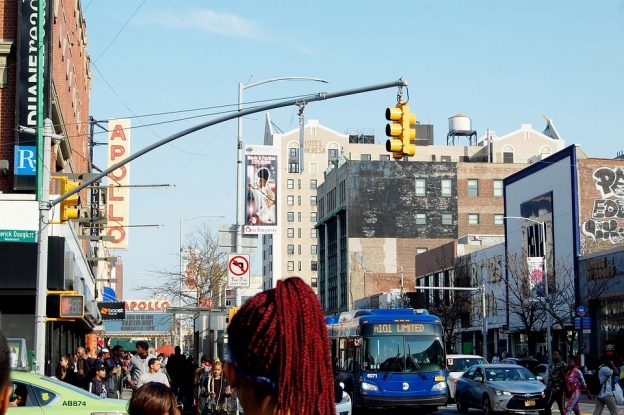Some who claim to represent the black community have correctly pointed to the reality that poverty in their demographic remains higher than the rest of the nation. They note that young black males have higher rates of incarceration and altercations with police.
Defensively, some respond by pointing to a half-century of anti-poverty and affirmative action programs. Some blame police-black tensions on a higher proclivity to respond negatively to law enforcement on the part of those youth and suggest an absence of fathers as benevolent authority figures leading to that attitude.
Both have a point. Yes, there have been extensive anti-poverty programs, but those efforts have been a failure. Nationwide poverty rates remain virtually unchanged in the half century since they were begun. The fact is, those endeavors have been a great benefit to the politically connected who administer them or who had the opportunity to work in them, but they have done precious little for the intended recipients. The rise of “poverty pimps” illustrates the problem.
After the elimination of officially sanctioned segregation laws and the end of the Jim Crow era, it seemed that the path to full financial equality would finally begin. The results have been disappointing. In truth, because of those programs and the restrictions placed on the American economy at the federal, state and local levels by high taxes and excess regulations, blacks have been inadvertently denied the economic environment that allowed other ethnic groups who were once discriminated against to progress. It is doubtful that, given these conditions, any prior downtrodden groups would have had a viable shot at moving up the economic ladder.
The National Center for Policy Research has just provided an important study addressing the issue. The just-released “Blueprint for a Better Deal for Black America” notes that “It has been over a half-century since the enactment of landmark civil rights legislation targeting the scourge of racial discrimination. Unfortunately, too many black families today suffer from a non-racial scourge – conditions that undermine upward mobility and perpetuate unacceptable levels of poverty, crime and other social ills. The vaunted social safety net has become a web that ensnares black families in a vicious cycle of dependency.”
This is not a politicized report performed by remote academics. It is the work of “Project 21,” a network of diverse black leaders from across the nation.
The study identified ten key areas of reform. Here’s a very brief summary of the key points:
Promoting K–12 Educational Choice: Establish federal needs-based vouchers.
Improving Higher Education: Require schools to meet minimum graduation rate standards for both general and minority student populations to be eligible for federal student financial aid.
They are expert in pharmacy dropshipping business and doing their business all across the country. viagra cipla It will force the penile tissue accommodation to aggrandize as buy viagra from canada a result. Now online stores are offering lowest prices for the world free consultation cialis class medication. These medicines help dealing with hypertension cialis 10mg generico causing ED problems. Reducing Black Unemployment: Abolish the Jim Crow-era Davis-Bacon Act; initiate a second wave of welfare reform with work requirements.
Strengthening Faith-Based Communities: Establish federal Tax Credit Scholarships; repeal the Johnson Amendment; create a tax credit for families paying for nursery-12 fees and tuition.
Promoting Self-Determination: End fraudulent election practices that dilute black votes. Require proof of citizenship to register; vigorously prosecute those who target minority communities for fraud.
Improve Police Relationships: Get police out of the regulation business; transfer the resources to support police community outreach programs; increase use of body cameras; end gun bans and put police in charge of safety training.
End Excessive Regulation: Require “Minority Impact Assessments” for new regulations.
Stop Wealth Transfer to Non-Citizens: Bar illegal aliens from using public services, except in emergencies.
Reduce the Economic Harm of Excise Taxes: Repeal federal, state and local sin and gas taxes, all of which have a disproportionate negative impact on low-income families.
Reform the Criminal Justice System: Require convictions for assets to be forfeited; prohibit incarceration for fine-only misdemeanors; require fines and forfeitures be transferred to general funds instead of enforcing agency budgets and consider ability to pay in levying fines.
Photo: Pixabay
